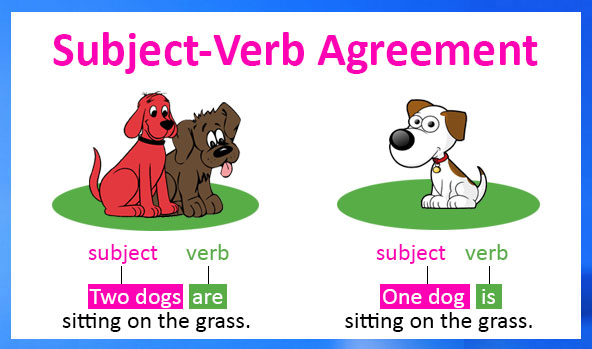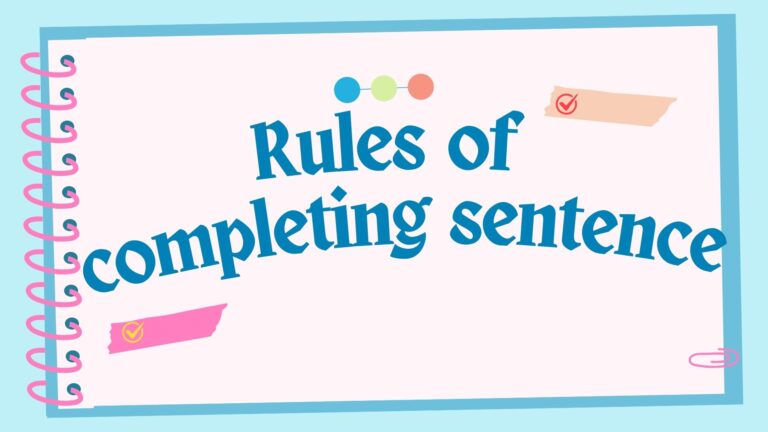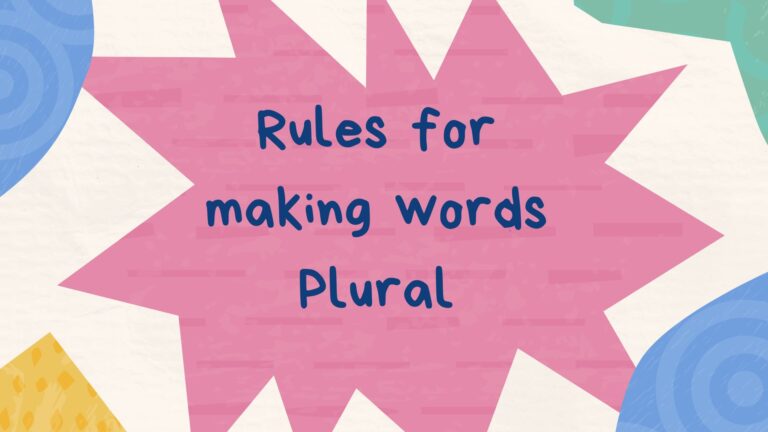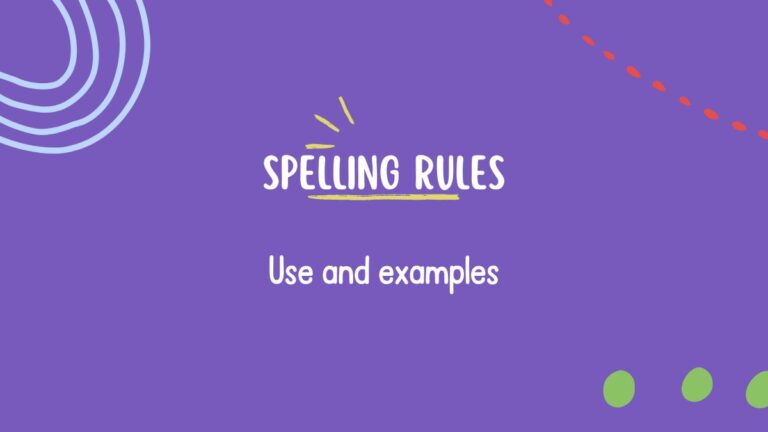Subject Verb Agreement
Just one incorrectly placed verb can alter the meaning of a complete sentence. Subject-verb agreement is not merely a grammar rule; it serves as the basis for clear and effective communication. Today we will delve into the details of subject-verb agreement, its significance and how becoming proficient in it can improve your writing abilities and increase your confidence during everyday discussions
Discover Subject Verb Agreement With Clear Examples:
Subject-verb agreement can seem confusing, but it is important for clear writing. This rule makes sure that subjects and verbs match in number—either singular or plural. For example, “The dog barks” is correct, but “The dogs barks” is not; the mistake causes confusion. There is also a special case with collective nouns: “The team plays well” shows togetherness, while “The team are arguing” highlights individual actions. This small change can completely alter the tone of your writing.
When talking about complex topics it can be confusing. For example, in the sentence “Peanut butter and jelly is my favorite sandwich,” even though there are two items, they are treated as one. In contrast, the sentence “Neither the manager nor the employees are happy” shows that the verb can change based on what is closer; since “employees” is plural, the verb is also plural.
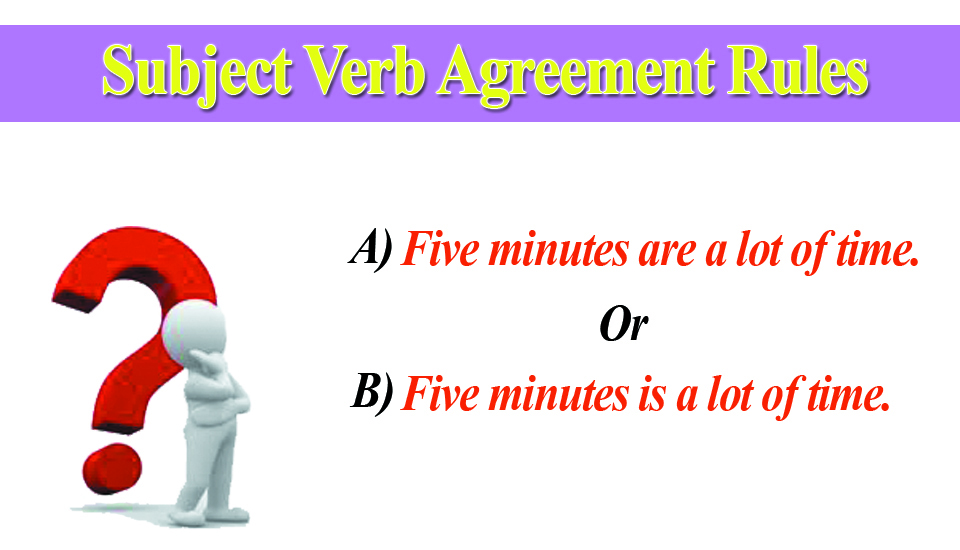
5 Simple Rules For Mastering Subject Verb Agreement:
- Singular Subject, Singular Verb
Rule Name: Singular Subject Rule
Explanation: A singular subject takes a singular verb.
Examples:
He runs every morning. (“He” is singular, so “runs” is singular)
She dances well. (“She” is singular, so “dances” is singular)
- Plural Subject, Plural Verb
Rule Name: Plural Subject Rule
Explanation: A plural subject takes a plural verb.
Examples:
They run every morning. (“They” is plural, so “run” is plural)
Cats make great pets. (“Cats” is plural, so “make” is plural)
- Subject Joined by ‘And’ Takes a Plural Verb
Rule Name: Compound Subject Rule
Explanation: Two or more subjects joined by and take a plural verb.
Example:
Tom and Jerry are friends. (Two subjects = plural verb)
Jack and Jill went up the hill. (Two subjects = plural verb)
- Indefinite Pronouns Usually Take Singular Verbs
Rule Name: Indefinite Pronoun Rule
Explanation: Words like everyone, each, someone take singular verbs.
Examples:
Everyone loves a good story. (“Everyone” is singular)
All of my sisters are blonde.
- Words Between Subject and Verb Don’t Affect Agreement
Rule Name: Ignore the Interrupter Rule
Explanation: The verb agrees with the subject, not with words in between.
Examples:
The teacher, along with her students, is arriving soon. (“Teacher” is the subject, not “students”)
Having demonstrated a decided lack of ethics, the CEO was, needless to say , dismissed from the company.
Common Subject Verb Agreement Mistakes:
Mistakes with collective nouns:
These nouns, such as “team,” “group,” or “jury,” can be tricky because they often refer to multiple individuals acting as a single unit. For instance, we might say, “The team is winning,” when focusing on their performance as a unit. However, if we emphasize the individual members, it becomes correct to say, “The team are arguing among themselves.” This subtle shift in focus can lead to confusion making it essential to consider the intended meaning.
Mistakes with indefinite pronouns:
One common mistake with indefinite pronouns is like “everyone,” “someone,” or “nobody.” Despite their plural-sounding nature, these pronouns take singular verbs. For example, one might mistakenly say, “Everyone are excited about the event,” when the correct form is “Everyone is excited about the event.”
Understand Subject Verb Agreement Through Real-Life Examples:
The cat sleeps on the mat. (Singular subject “cat” + singular verb “sleeps”)
The cats sleep on the mats. (Plural subject “cats” + plural verb “sleep”)
He is going to the store. (Singular subject “He” + singular verb “is”)
They are going to the store. (Plural subject “They” + plural verb “are”)
Each student must turn in their homework. (Singular subject “each student” + singular verb “must”)
The team is playing well today. (Singular subject “team” + singular verb “is”)
Neither the cat nor the dogs are happy. (Subject closest to the verb, “dogs,” is plural, so “are” is used)
Either the boy or the girls are going to the party. (Subject closest to the verb, “girls,” is plural, so “are” is used)
The book has many interesting chapters. (Singular subject “book” + singular verb “has”)
The books have many interesting chapters. (Plural subject “books” + plural verb “have”)
A lot of the students are attending the lecture. (Plural noun “students” after “of” requires plural verb “are”)
Some of the pie is gone. (Singular noun “pie” after “of” requires singular verb “is”)
Both of the children are excited. (Plural noun “children” after “of” requires plural verb “are”)
None of the cookies are left. (Plural noun “cookies” after “of” requires plural verb “are”)
All of the information is available online. (Singular noun “information” after “of” requires singular verb “is”)
Subject Verb Agreement Is Essential For Effective Communication:
Subject-verb agreement is more than just a grammar rule; it is essential for clear communication. When subjects and verbs match correctly, the message is easy to understand. Mistakes in subject-verb agreement can cause confusion. For example, a business proposal with grammatical errors can make the whole document seem unprofessional and raise doubts about the writer’s expertise.
Understanding subject-verb agreement also builds confidence in writing and speaking. It helps people express their ideas clearly. In today’s digital world, clarity is crucial—an incorrect verb form can weaken even strong arguments.

